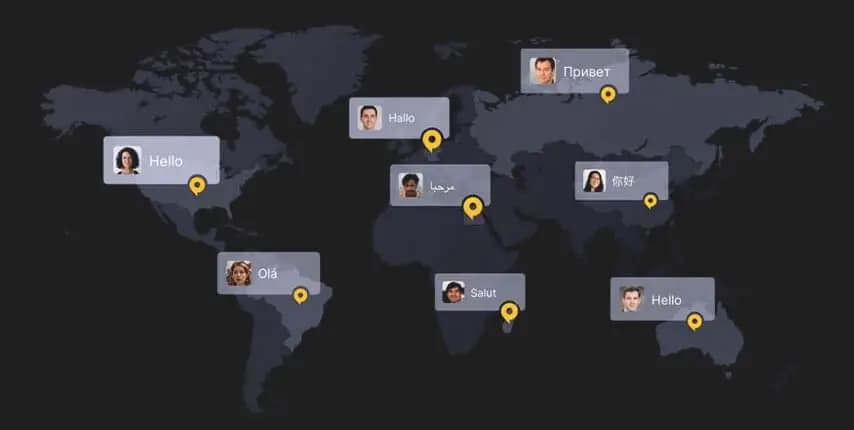5 Facts to Know About Arabic Language
In the age of globalization and mobility, the world becomes more open and interconnected. For this reason, many businesses are becoming more dependent upon supplying their products or services internationally. However, to achieve international success, you need to communicate and understand the culture of your target market.
Many Business owners agree that Middle East is a fast-growing market of heavy consumers, which means that in order to do effective business in the Middle East, it’s time to think of localizing your products or services into Arabic, as Arabic language becomes a trend language globally and is classified as one of the most important online languages (CSA Report).
“If you talk to a man in a language he understands, that goes to his head. If you talk to him in his language, that goes to his heart” — Nelson Mandela
The 7th Arab Social Media report indicated the increased usage of Arabic language in social media. This was not a surprise in fact as Arabic is one of the top 10 spoken languages, being spoken by 420 million people worldwide and it is also the official language of 26 countries.
 1. Arabic language dialects
1. Arabic language dialects
Classical, Colloquial or Modern Standard Arabic! The three are different variants and forms of Arabic language which are used in different countries by different nations.
- Classical Arabic: Language of the Holy Quran, used for religious and literary purposes.
- Modern Standard Arabic (MSA): Used for official communication.
- Colloquial Arabic: Street language used daily, varies by country/region.
2. Written and spoken Arabic
Modern Standard Arabic (MSA) is used in all writings and spoken in political speeches and in news readings, however, no one speaks it spontaneously. Dialects differ by country or region (e.g. Egyptian Arabic, Gulf Arabic).
3. Arabic as a bidirectional language
Unlike Latin languages written Left-to-Right, Arabic is bidirectional, written Right-to-Left, but numbers remain Left-to-Right.
4. Arabic numbers
Arabic numerals originate from Indian numerals. Both Western Arabic numerals (0–9) and Arabic-Indic numerals exist.
5. Arabic as a rich language
Arabic has 28 letters with multiple forms depending on position, resulting in 57 shapes. Rich vocabulary means one word can have many meanings depending on diacritics.
Conclusion
As Arabic gains global recognition, many companies realize the importance of adapting content into Arabic. It’s not just about translation but also about adapting to culture.
➡️ Also, check out our blog: The Most Common False Positive Issues in Arabic Translation QA checks.









